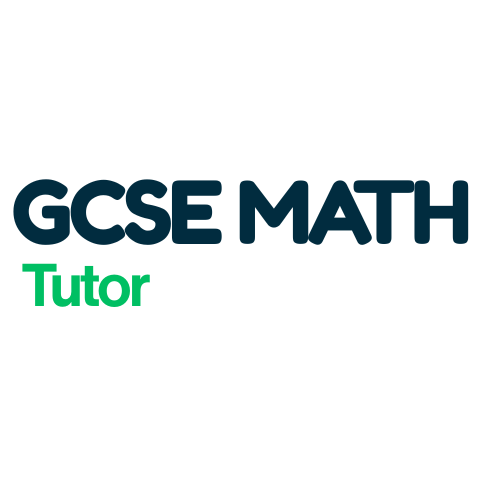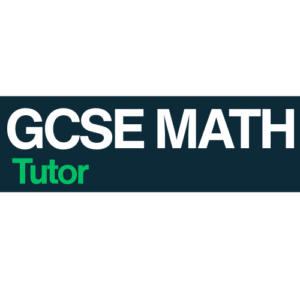Geometric transformations are a vital part of the GCSE Maths syllabus across AQA, Edexcel, and OCR. These transformations help describe the movement or change of a shape in position or size. Mastering enlargements, reflections, translations, and rotations is key to scoring well in coordinate geometry and shape questions. This guide will break down each transformation, give real examples, and offer tips for solving exam-style questions.
Explore GCSE Geometry with expert guidance
🔹 What Are Geometric Transformations?
Geometric transformations are operations that alter the position, size, or orientation of shapes on a coordinate plane. There are four main types:
- Enlargement
- Reflection
- Translation
- Rotation
Each transformation is defined by certain rules or parameters and does not change the shape’s basic properties (unless stated).
🔸 Enlargement
An enlargement increases or decreases the size of a shape by a scale factor, relative to a centre of enlargement.
✅ Enlargement Rules:
- Multiply each coordinate by the scale factor
- Use the centre of enlargement to measure the direction and distance
📌 Example:
Enlarge the point (2, 3) by a scale factor of 2:
- New point: (2×2, 3×2) = (4, 6)
If the centre of enlargement is (1, 1) and the scale factor is 3:
- Subtract the centre: (2−1, 3−1) = (1, 2)
- Multiply: (1×3, 2×3) = (3, 6)
- Add back the centre: (3+1, 6+1) = (4, 7)
Equation format:
New X = Centre X + (Old X − Centre X) × Scale Factor
New Y = Centre Y + (Old Y − Centre Y) × Scale Factor🔸 Reflection
A reflection flips a shape over a mirror line. Each point and its image are the same distance from the mirror line.
✅ Mirror Lines:
- Vertical: x = a
- Horizontal: y = b
- Diagonal: y = x or y = −x
📌 Example:
Reflect the point (4, 2) in the line y = x:
- Switch coordinates: (2, 4)
Equation format for y = x:
New X = Old Y
New Y = Old X
🔸 Translation
A translation slides a shape from one place to another without rotating or flipping it. It’s described using a vector.
✅ Translation Vector:
[x]
[y]Where:
- x = horizontal movement (right + / left −)
- y = vertical movement (up + / down −)
📌 Example:
Translate the point (3, 4) by the vector [−2, 5]:
New X = 3 − 2 = 1
New Y = 4 + 5 = 9🔸 Rotation
A rotation turns a shape around a fixed point (centre of rotation) by a given angle and direction.
✅ Common Rotation Angles:
- 90° clockwise
- 90° anticlockwise
- 180° rotation
📌 Rules around origin (0,0):
- 90° clockwise: (x, y) → (y, −x)
- 90° anticlockwise: (x, y) → (−y, x)
- 180° rotation: (x, y) → (−x, −y)
Equation formats:
90° CW: New X = Old Y, New Y = −Old X
90° ACW: New X = −Old Y, New Y = Old X
180°: New X = −Old X, New Y = −Old Y🧠 Exam Tips for Transformations
- Always label the coordinates before and after the transformation
- For enlargements, plot the centre of the enlargement clearly
- For reflections, sketch the mirror line
- Use tracing paper for rotations in exams
- Use vector notation precisely in translations
- Check congruence and similarity where required
📝 Practice Questions
- Enlarge the triangle with vertices A(1,1), B(2,1), C(1,3) by scale factor 2, centre (0, 0)
- Reflect the point (3, −2) in the line y = −x
- Translate the point (−1, 5) using the vector [4, −3]
- Rotate the shape with point A(2, 3) 90° clockwise about the origin
✅ Final Thoughts
Transformations in geometry are not just about memorising rules—they’re about understanding how shapes move and change. With clear knowledge of coordinates, vectors, and rotation angles, you can confidently handle any transformation question in GCSE exams.
For video explanations, downloadable worksheets, and 1-to-1 support, visit GCSE Maths Tutor and transform your maths success.

